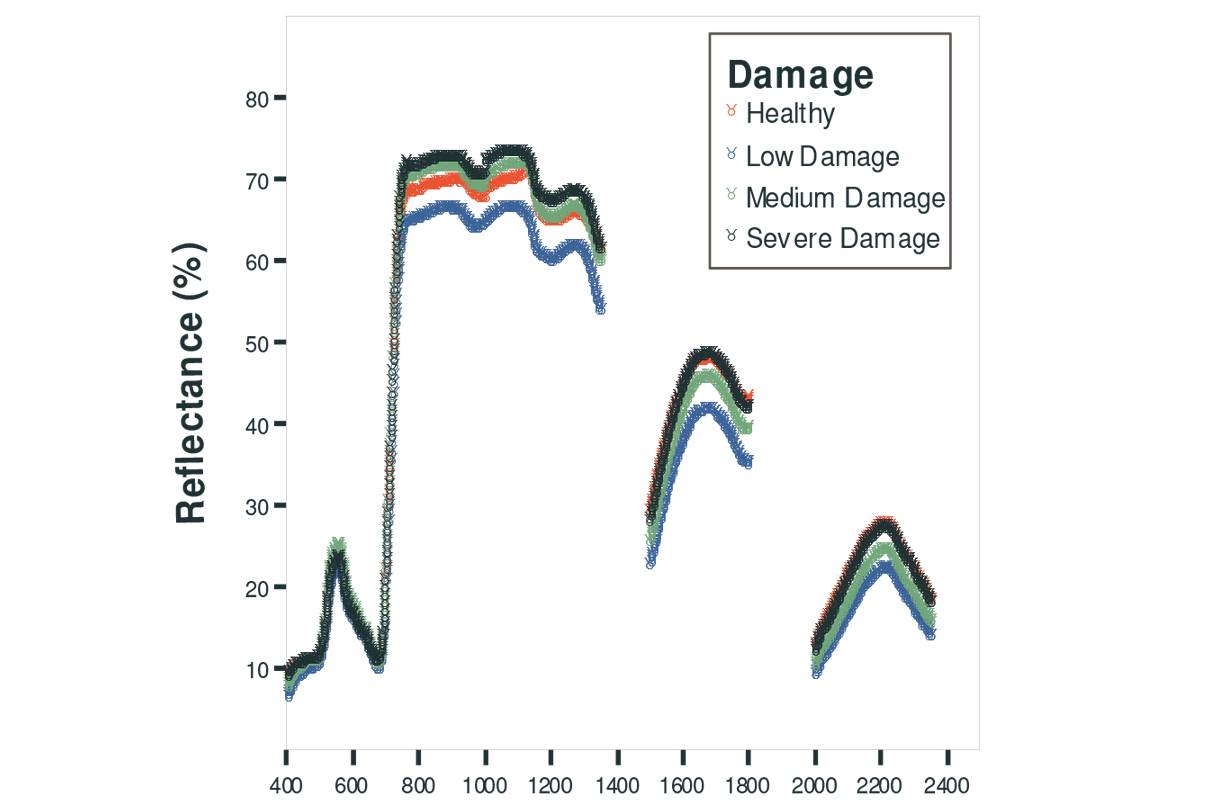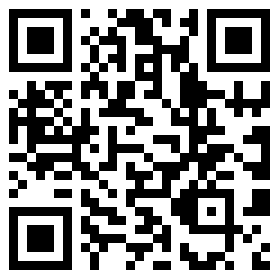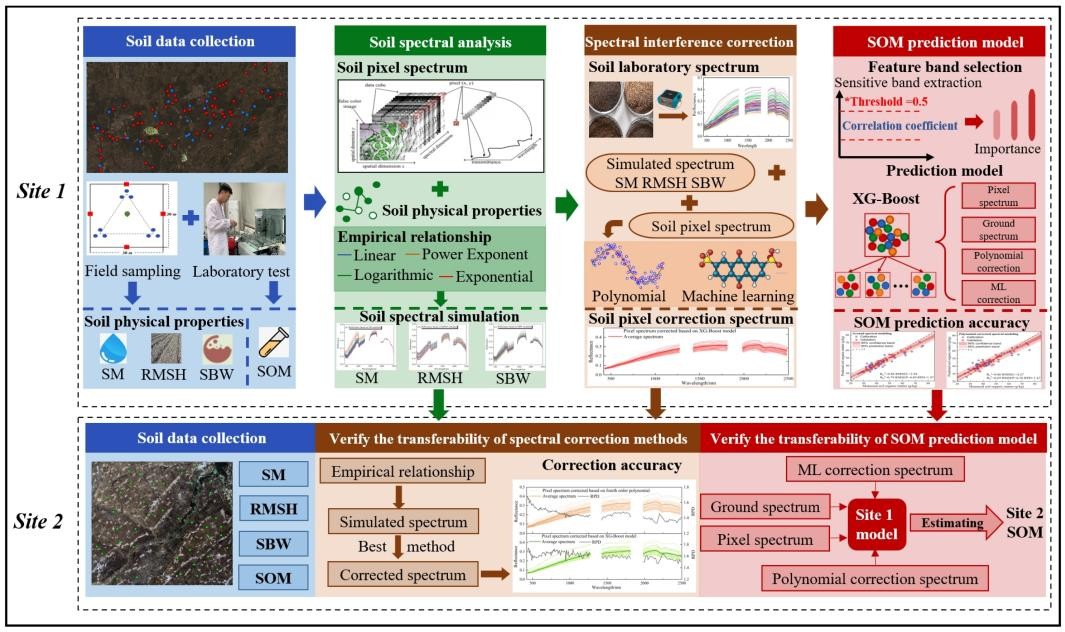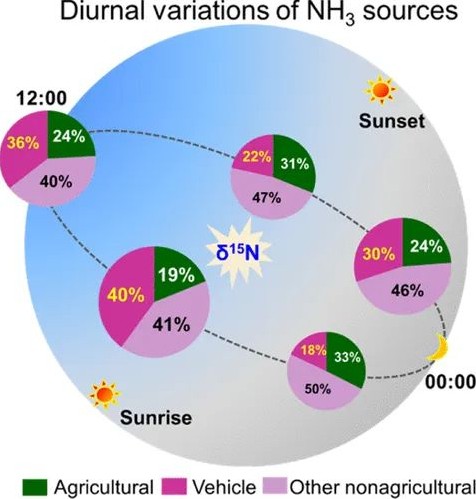
- 您現(xiàn)在的位置: 首頁 → 應(yīng)用支持 → 應(yīng)用文獻(xiàn)
-

應(yīng)用ASD地物光譜儀檢測(cè)蛀蟲ELDANA SACCHARINA對(duì)非洲甘蔗莖部的危害程度
DETECTION OF SUGARCANE AFRICAN STALK BORER ELDANA
SACCHARINA WALKER (LEPIDOPTERA: PYRALIDAE) USING
HYPERSPECTRAL REMOTE SENSING (SPECTRORADIOMETRY)
應(yīng)用ASD地物光譜儀檢測(cè)蛀蟲ELDANA SACCHARINA(鱗翅目:螟蛾科)對(duì)非洲甘蔗莖部的危害程度
MOKHELE TA1, AHMED F1?and CONLONG DE2,3
1School of Environmental Sciences, University of KwaZulu-Natal, Durban, 4041, South Africa
2South African Sugarcane Research Institute, Private Bag X02, Mount Edgecombe 4300, South Africa
3School of Biological and Conservation Sciences, University of KwaZulu-Natal, Private Bag X01,?Scottsville, 3209, South Africa
Abstract
The South African sugar industry is one of the world’s leading sugarcane producers. The stalk borer Eldana saccharina has for many years been the most destructive pest in the South African sugar industry and is the most important factor limiting sugarcane productivity. The?pest has been monitored using a traditional visual approach whereby a representative sample?of stalks is taken from a field and split longitudinally to assess damage and count the number?of E. saccharina. This approach is time-consuming, labour intensive and sometimes biased as,?in some instances, only easily accessible areas are surveyed. To investigate a more?economical but equally sensitive survey methodology, this paper aims at determining the?potential use of hyperspectral remote sensing (spectroradiometry) for identifying sugarcane?infested by E. saccharina. A hand-held ASD (Field Spec? 3) spectroradiometer was used to?take leaf spectral measurements of sugarcane plants from a potted-plant trial taking place?under shade house conditions. In this trial, nitrogen and silicon fertiliser applications as well?as varieties used were known. In addition, watering regimes and artificial infestation of E.?saccharina were carefully controlled. Results illustrated that severe E. saccharina infestation?increased reflectance throughout the whole spectrum range (400-2500 nm). E. saccharina
stalk damage was also linearly related to modified normalized difference vegetation index?(mNDVI) using R2025 and R2200 (R2=0.69). It was concluded that hyperspectral data has a?potential for use in monitoring E. saccharina in sugarcane rapidly and non-destructively?under controlled conditions. A follow-up study is recommended in field conditions and using?airborne and/or spaceborne hyperspectral sensors.
?
查看原文:
http://www.sasta.co.za/wp-content/uploads/Proceedings/2000s/2009%20Mokhele.pdf
下載原文:
北京理加聯(lián)合科技有限公司
光華創(chuàng)業(yè)園科研樓四層
- 您的姓名:
- *
- 公司名稱:
- *
- 地址:
- *
- 電話:
- *
- 傳真:
- *
- 電子郵箱:
- *
- 郵政編碼:
- *
- 留言主題:
- *
- 詳細(xì)說明:
- *
 官方微信
官方微信
 官方手機(jī)端
官方手機(jī)端







